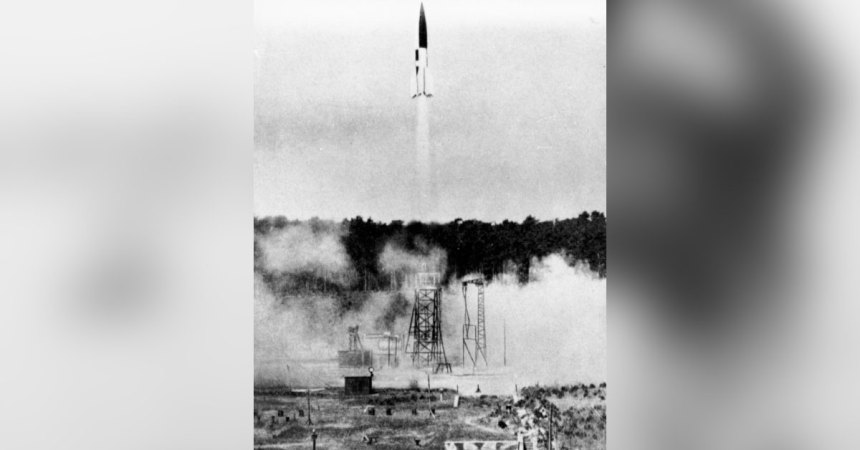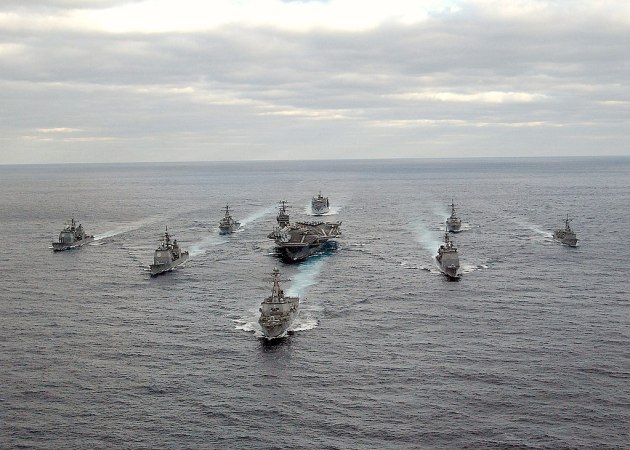These days, when you see a rocket or missile launch, it almost seems routine. The engines fire and the rocket starts taking off, either sending an object directly to orbit or carrying enough firepower to blow something into orbit. What looks like standard procedure from the outside masks the fact that these rockets and missiles are very complex pieces of technology — and when this routine process goes wrong, it goes wrong very quickly and very violently.
Missiles are complex pieces of technology that are surprisingly delicate (a dropped tool once destroyed a Titan missile and its silo). With so many critical details involved, there are many opportunities for things to go wrong — and occasionally, they do. For example, in the 1980s, two RGM-84 Harpoon anti-ship missiles were accidentally launched, one by the United States Navy and one by the Royal Danish Navy. Thankfully, no injuries (outside of the respective captains’ pride) occurred in either incident.
A 2016 Trident II test for the Royal Navy is the most recent launch to have gone bad — and this test led to some disagreements between the Americans (who claimed the missile had to be destroyed) and the UK (who called the test a success). Thirty years earlier, the United States Navy had egg on its face when the first at-sea Trident II launch went out of control. Thankfully, in both of these cases, nobody was injured.

Mitrofan Nedelin’s tenure as the Soviet Army’s chief marshal of the artillery ended when the test of a SS-7 ended in a horrific explosion.
Other failed launches, however, have not had such fortunate endings. For instance, a test of a Soviet SS-7 Saddler intercontinental ballistic missile in 1960 killed the then-chief marshal of the artillery for the Soviet Army, Mitrofan Nedelin, and at least 100 other people. In 1996, a Chinese Long March rocket crashed down in a village, with some estimates claiming as many as 500 people were killed.

Video stills showing a Chinese Long March rocket going out of control before it crashed into a nearby village.
(United States Congress)
Today, failures are fewer and further between. One big reason for this is that many missiles now use solid fuel as opposed to liquid fuel. Liquid fuel is far more volatile and leads to explosions more frequently.
The launches you see nowadays may look routine from the outside, but remember, that’s the result of thousands of tests.
Watch the 1965 Air Force video below to see some missile launches, both successes and failures.


















